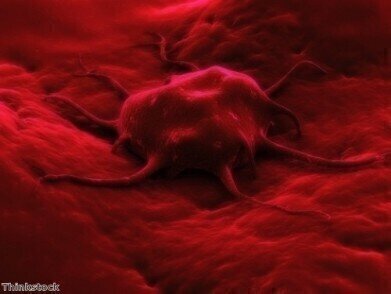News & Views
Biofilm Production Aids Campylobacter Survival
May 25 2010
Scientists at the Institute of Food Research have found a way that the foodborne pathogen Campylobacter can survive in the environment. Campylobacter - the main cause of food poisoning in Europe and America,
most often contracted from eating under-cooked chicken or turkey - is estimated to cause more than 400,000 cases of food poisoning annually in the UK alone, costing the UK economy an estimated £500 million each year.
As Campylobacter cannot survive in the oxygen levels in the air, one survival strategy of bacterium is to form a biofilm, whereby the bacteria stick to a surface and encase themselves in a sticky ’slime’ which protects them. IFR researchers have found that Campylobacter will readily form a biofilm under laboratory conditions, and that, when the bacteria were left in air, they respond to these stressful conditions by more rapidly forming
this biofilm. Campylobacter cells were also shed from the biofilm under environmental conditions, showing that a biofilm is a reservoir of cells that can subsequently enter the food chain, potentially leading to instances of food poisoning.
"Campylobacter can clearly sense their stressful environment and try to protect themselves by making a biofilm. Now we need to focus in on those systems that actual sense the stress, in particular, the oxygen sensors," commented Dr Mark Reuter.
"While biofilms are well established in the lifestyle and success of other pathogenic bacteria, their role in the lifestyle of Campylobacter was still unclear. We now have developed a model where the biofilm plays a central role in the transmission of Campylobacter via the food chain, and this may lead to new antimicrobial approaches, like disrupting the biofilm matrix or prevention of biofilm formation," commented Dr Arnoud van Vliet.
The IFR is an institute of the Biotechnology and Biological Sciences Research Council (BBSRC), and this research, which was funded by the BBSRC, is very timely, as the key UK funders are for the first time developing a joint Campylobacter strategy, a key activity underpinning the Cross Government Research and Innovation Strategy for Food published earlier this year.
Digital Edition
ILM 49.5 July
July 2024
Chromatography Articles - Understanding PFAS: Analysis and Implications Mass Spectrometry & Spectroscopy Articles - MS detection of Alzheimer’s blood-based biomarkers LIMS - Essent...
View all digital editions
Events
Jul 28 2024 San Diego, CA USA
Jul 30 2024 Jakarta, Indonesia
Jul 31 2024 Chengdu, China
ACS National Meeting - Fall 2024
Aug 18 2024 Denver, CO, USA
Aug 25 2024 Copenhagen, Denmark


.jpg)

24_06.jpg)













